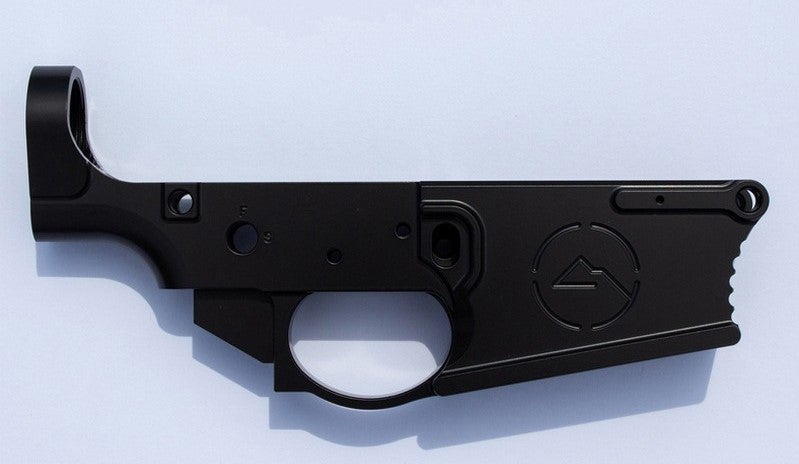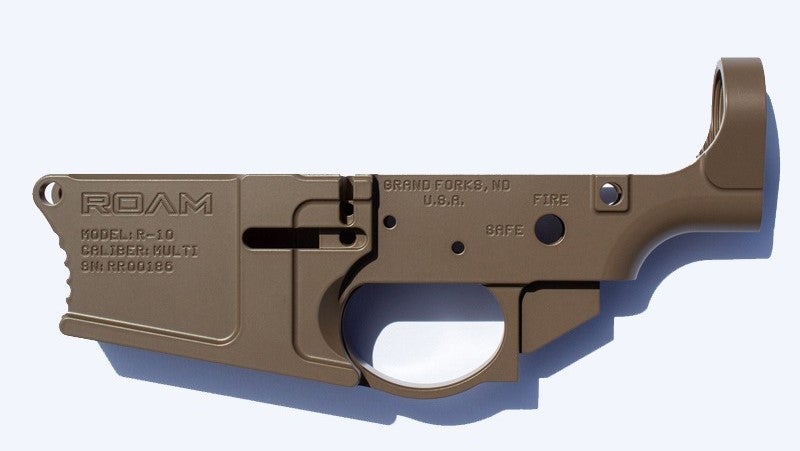Following the release of the upper receivers used in their R-10 rifles, ROAM has announced that the magnesium alloy lower receivers of these rifles are now also available separately. The ROAM R-10 rifles based on these magnesium alloy receivers are extremely lightweight with the lightest one, R-10 Red River Ultralight, weighing in at 5.48 lbs oz (.308 Win, 16″ pencil barrel, titanium BCG).
Magnesium Alloy Guns @ TFB:
- ROAM R-10 Magnesium Alloy AR-10 Upper Receivers
- Ultra-lightweight magnesium chassis from XLR Industries: Element 3.0
- Magnesium AR15 Lower Snaps In Epic Fashion
- ROAM R-10 – World’s Lightest Production AR-10 Now Available

ROAM R-10 lower receivers are CNC machined from the Roam magnesium alloy. They are compatible with DPMS GEN 1 components and SR25/LR308 magazines. These receivers feature a Cerakote coating over Tagnite (anodic coating for magnesium alloys) and are available in black, FDE or Tungsten Cerakote color options. The overall weight of the stripped ROAM R-10 receiver is 7.3 oz which according to the company makes it the lightest production LR308 lower on the market. These lower receivers also feature an upper receiver tensioning screw and a screw (instead of a pin) for retaining the bolt catch.

The MSRP of ROAM R-10 lower receiver is $300. The estimated start of shipping is mid-June 2021.
On a page of their website dedicated to the advantages of their magnesium alloy, ROAM explains the features of this material and addresses the concerns (flammability, strength, etc.) related to the use of magnesium alloy receivers in firearms. According to ROAM, such issues can occur if improper magnesium alloys are used for the application. They note that the melting temperature of their alloy is 1100°F and it “will not catch on fire until it melts“. The company also claims that their magnesium alloy is 33% lighter yet stronger than the 6061 aluminum.
Tell us in the comments section what do you think about the use of magnesium alloys in firearms.
Pictures by ROAM, www.roamrifles.com
 Your Privacy Choices
Your Privacy Choices
